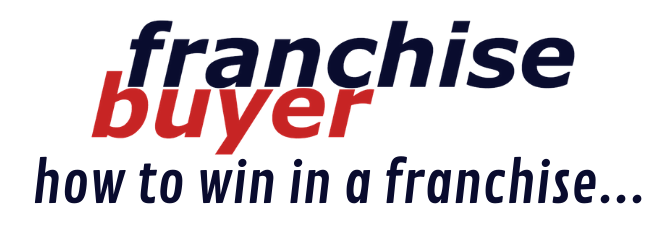
Websites - Premium vs Cheap
In a world where technology gets glorified on a daily basis, it’s important to keep your feet on the ground lest you get swept away into the waiting throng of Apple© ‘fan boys’.
As a technology professional that specializes in launching and transforming businesses I’ve got my eyes keenly focused on business goals, not technology toys or “instant” wins.
To illustrate my view of the technology landscape and the type of value it can bring to a business I’ll walk you through the difference between a cheap-as-chips website and something a little more premium. The views expressed in this comparison will probably apply to every aspect of your business, they’re not just problems inherent to technology, but it’s common that technology information is layered in so many shades of hype that reality struggles to penetrate.

The Cheap Website
There are many products available these days that let you get yourself up and running with a drag-and-drop site and off the top of my head I can name several like Squarespace, Wix, Weebly, or DoodleKit.
These platforms typically come with a range of technical benefits like hosting, stock SEO features, or mobile friendly templates, and they say just enough things that you don’t really understand so you’ll jump in and let them make it all go away. The fundamental problem with these solutions is demonstrated by a simple statement on the Squarespace website: “Think of Squarespace as your very own IT department”.
Since when has the IT department run your customer experience, your marketing, your sales funnel and your business process?
This is a classic case of the technology sector thinking that it’s changing the world by connecting a few dots that really have very little to do with the bigger picture.
What does Premium give you?
The first thing you can expect from a slightly more premium website is some actual time being invested in your “Digital Strategy”. Previously I’ve written on Digital Strategy, what it is and how you can define one that suits you. In a single sentence I would describe your perfect Digital Strategy as: “The framework of technical platforms, customer flows, marketing tools and business processes that you create to enable your business to run the way you need it to.”
Your website is often a core part of your Digital Strategy because it can be completely tailored for your business (unlike your social pages) and is commonly used to:
• Deliver useful information,
• Drive customer activation,
• Offer ecommerce,
• Enable customer self-service,
• Integrate with your Social or CRM, or any other type of web service.
When you go with a cheap option you’ll get something that may look like other websites but it’s unlikely to fulfill any of the crucial things you need as a business owner. Usually it’ll simply take care of putting your brochure on the web.
Picture a ‘Bricks and Mortar’ cafe
To illustrate this point a little further I often find a bricks and-mortar café analogy to be the most effective way of explaining how a customer should view investment in their web presence.
If you can picture a café, the development of your website is comparable to the fit-out of your store, not just the interior design but a good number of the features that make your business stand out from the crowd and operate efficiently including your menus, your point of sale and your loyalty systems. If you think that a generic cafe fit-out from Bunnings is going to give you what you need then that’s what you’ll get from a template. You’ll probably get an instant coffee machine as a part of that package or you could invest in some real tools of the trade and get a machine that makes the type of coffee you really need.

Taking the analogy a bit further, the work you do in the digital marketing space, including work on SEO / PPC / Social channels, is comparable to the money you would expect to spend on rent for your café.
If you’re relying on your website to deliver a considerable amount of traffic then you will need to invest in these areas just as you would invest in a high visibility / popular location for your café.
Where a lot of these cheap tools suggest they do it all out of the box, they’re clearly just skimming the surface of a complex topic so they can mention all the hot words in their sales pitch!
Classic cases of this are the all-in-one SEO feature or the mobile-friendly templates.
Anyone in the industry would know that SEO is a domain most effectively tackled through keyword analysis, content structure and marketing activity. At the very best your free templates can be SEO-friendly but that’ll only take you 5% along your path.
The same thing goes for responsive mobile templates. Yes you can get a free website template that effortlessly resizes on all devices or as you adjust your browser window, but does it really highlight the right content? Most free templates look fantastic if you change your content to meet them, not the other way around.
The final point I’ll make is around toolsets. If you’re going to be using your website as a key part of your Digital Strategy then you’ll want to get pretty efficient at using it and you’ll want to enjoy it. Most of the cheap website toolsets are great for managing content their way, but if you want it to do something your way then you’re in for a world of pain.
A common example in this realm is the widespread use of Wordpress. Even though it has tried hard to become a true Content Management System (CMS) in recent years, it still looks, feels and operates like a blogging tool. Every time I show a client a system that was designed to manage lots of types of content, a true CMS, they’re blown away by how simple it is. For you, as a business owner it means no training, no mistakes, higher productivity and ultimately a better business.
In terms of websites, technology and life in general, you get what you pay for.





